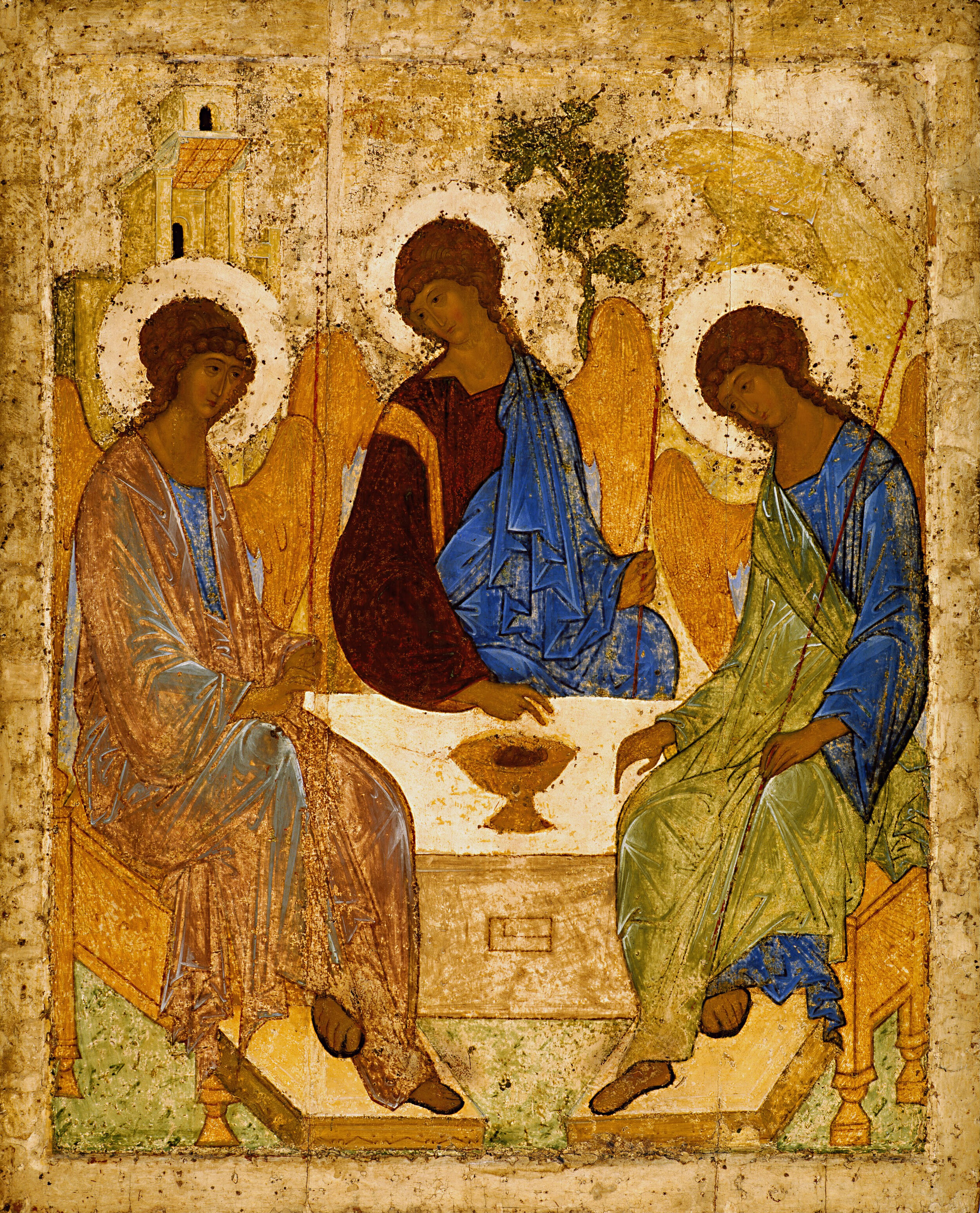A little bit of history…
New Monasticism as a form of small, Christian, missional and contemplative communities have formally existed from the time of the second world war until today in different Church traditions in the UK and beyond. We honour the term which is largely attributed to the work of Dietrich Bonhoeffer who said:
“The renewal of the Church will come from a new type of monasticism which has only in common with the old an uncompromising allegiance to the sermon on the mount. It’s high time women and men banded together to do this.” — Detrich Bonhoeffer in a letter to his brother from prison

Within Anglicanism, and in particular the Oxford Movement of the 19th Century, there has always been a monastic spirituality. When the original monastic houses were closed in England under the authority of Henry VIII, there was always a vision of the local church with daily morning and evening prayer, Eucharist and compline.
In recent times there has been a hunger for a new monasticism that seeks to draw on a sense of Benedictine stability and hospitality, Franciscan mission and Ignatian spirituality. Brooke Foss Westcott, a former Church of England Bishop, said this in 1884:
“And thus, nothing from old times will meet our exigencies. We want a rule which shall answer to the complexity of our own age. We want a discipline which shall combine the sovereignty of soul of Antony, the social devotion of Benedict, the humble love of Francis, the matchless energy of the Jesuits, with faith that fears no trial, with hope that fears no darkness, with truth that fears no light.” — Brooke Foss Westcott
More recently New Monasticism was included in the forms of Fresh Expressions of Church identified in the Church of England Mission Shaped Church report, which gave permission to the founding of many small missional new monastic forms of fresh expressions. Many were started but hard to build given their fragility and the complex task of being a Christian Community, contemplative prayer and mission to a particular context. However many of us feel called to this way of being Christian, to live it profoundly in the context of our ordinary lives.
After some initial discussions between those involved in New Monastic Communities and members of the Advisory Council for Religious Communities and Diocesan Bishops in the Church of England, it was proposed that there was a need for some form of Society made of small missional New Monastic Communities, because it was felt that a great many had been founded but often died quickly because forming and setting up these types of community is not easy, and often local clergy and dioceses were not supportive, and so there was a need for some form of collaborative society to ameliorate this problem.
Ten years ago, members of the Moot Community and others began to explore whether they were called to explore becoming what is called an Acknowledged Religious Community of the Church of England. That discernment process kicked off a working group and prayerful discernment. It was clear in that process that the many gathered there were called to set up some form of Society, of umbrella type collaboration, to include and support a number of differing and very contextual expressions of new monasticism with a broad and common Rhythm of Life and a shared constitution. This discernment was interrupted but began again in earnest in 2016. We are incredibly grateful to the work of the then Community of St Margaret the Queen and the work of Gareth Powell who spearheaded the beginnings of a Rhythm of Life which is now the basis of the Society of the Holy Trinity. Further discussions that included Jutta Brueck, Ned Lunn and others have helped form a Constitution and a common Rhythm of Life to live to. Unfortunately the then Community of St Margaret the Queen was unable to move from beginnings to sustainability, again showing the important need for the Society of the Holy Trinity to exist to try and support communities through the instability and fragility that seems to always be part of the journey of this way of following the way of Christ.
At the end of 2020 we were acknowledged and have gathered a Society made of missioners/pioneers and communities who have committed to seasonal vows and promises. This endeavour is not easy in the reality of the 21st century but we are hopeful to see more communities either emerge or join us in our collaboration to localised communities with a shared life and growing communities. It is our hope and vision that the Society of the Holy Trinity will support and encourage the planting of new monastic communities within the Anglican family of churches and beyond, and be a framework of support and encouragement to try and help more communities to become sustainable in our challenging times.
Ian Mobsby,
First Guardian of the Society of the Holy Trinity
November 2018
Find out more
Rhythm of Life
Our Rhythm of Life sets out our spiritual practices, seasonal vows and promises, ethos and charisms of our network collaboration of small missional new monastic communities.
Constitution
Our constitution sets out our governance practices which guides our decision making and ensures mutual flourishing of all those who are our network of new monastic communities.
Enquiries
We are keen to connect with any pioneer, missioner or those starting up new communities. If you are interested in joining us, then please do get in touch with us.
